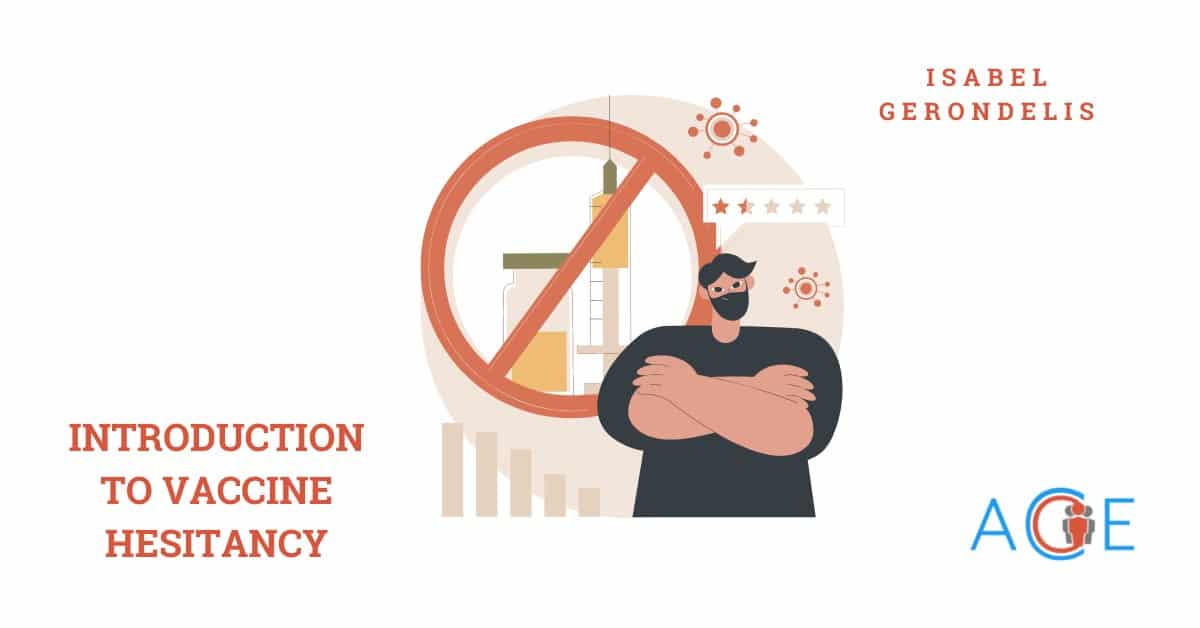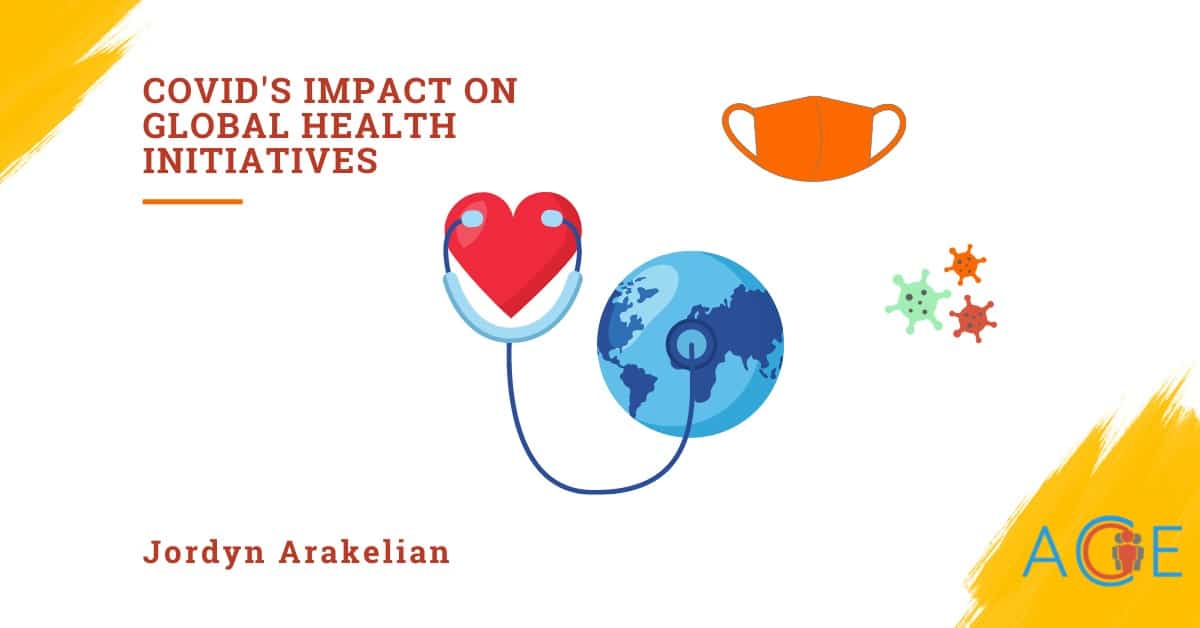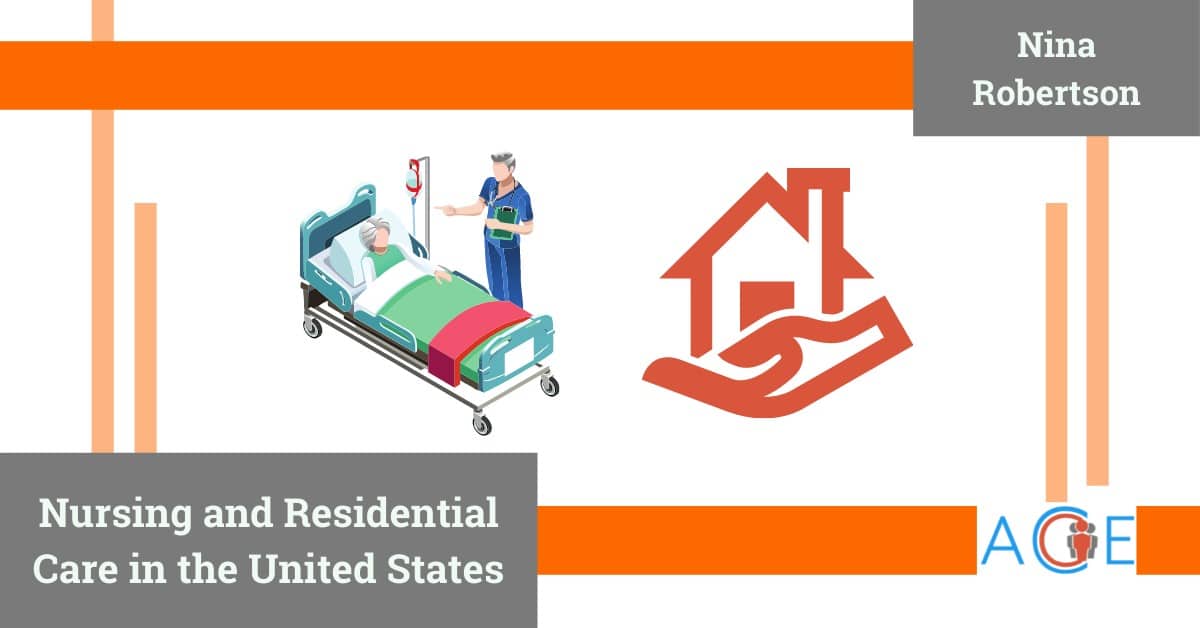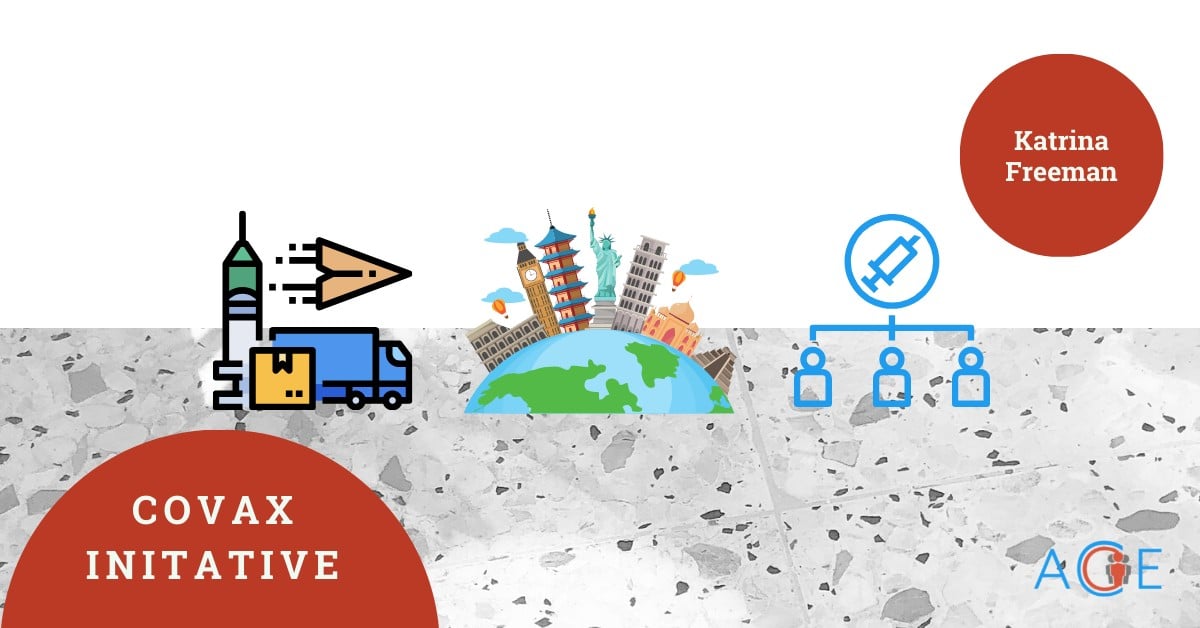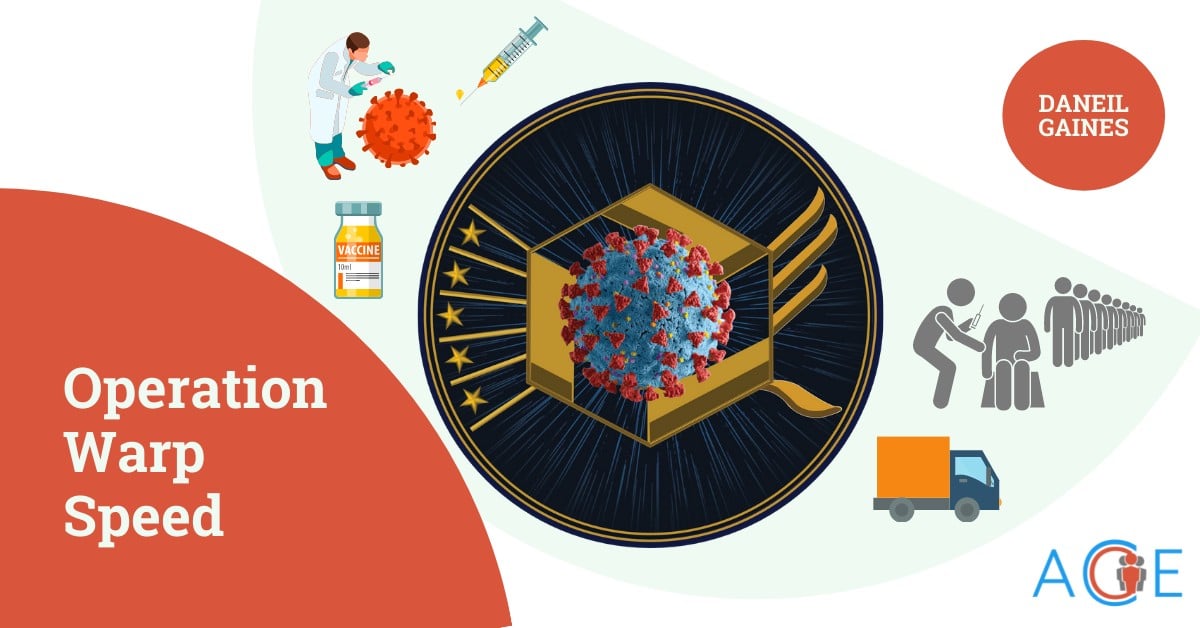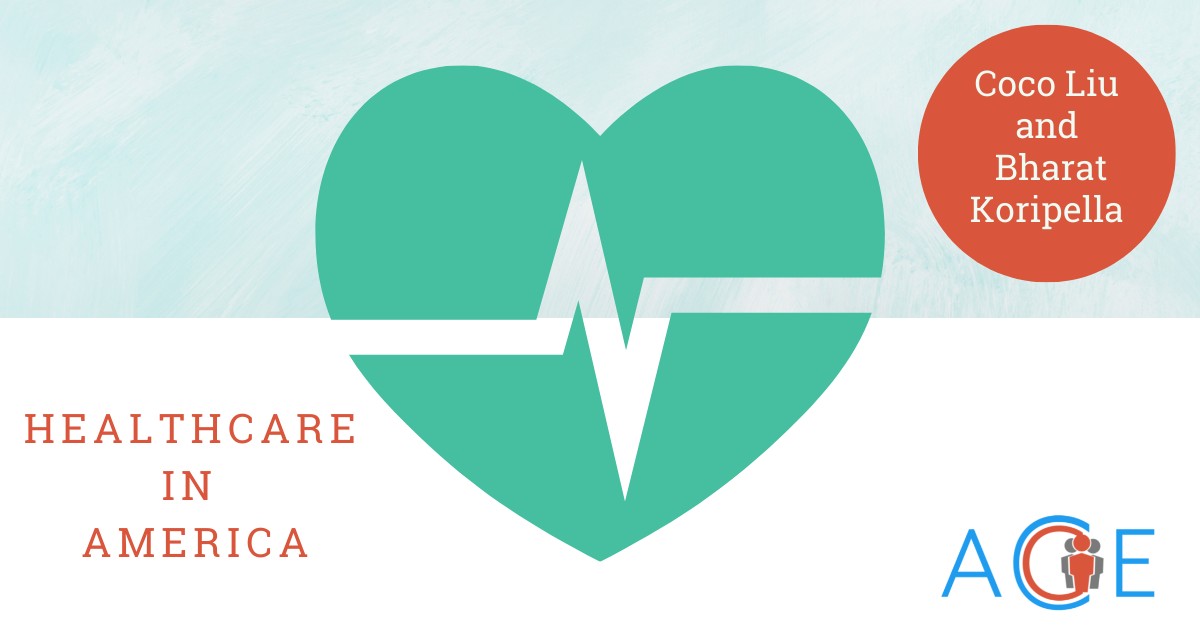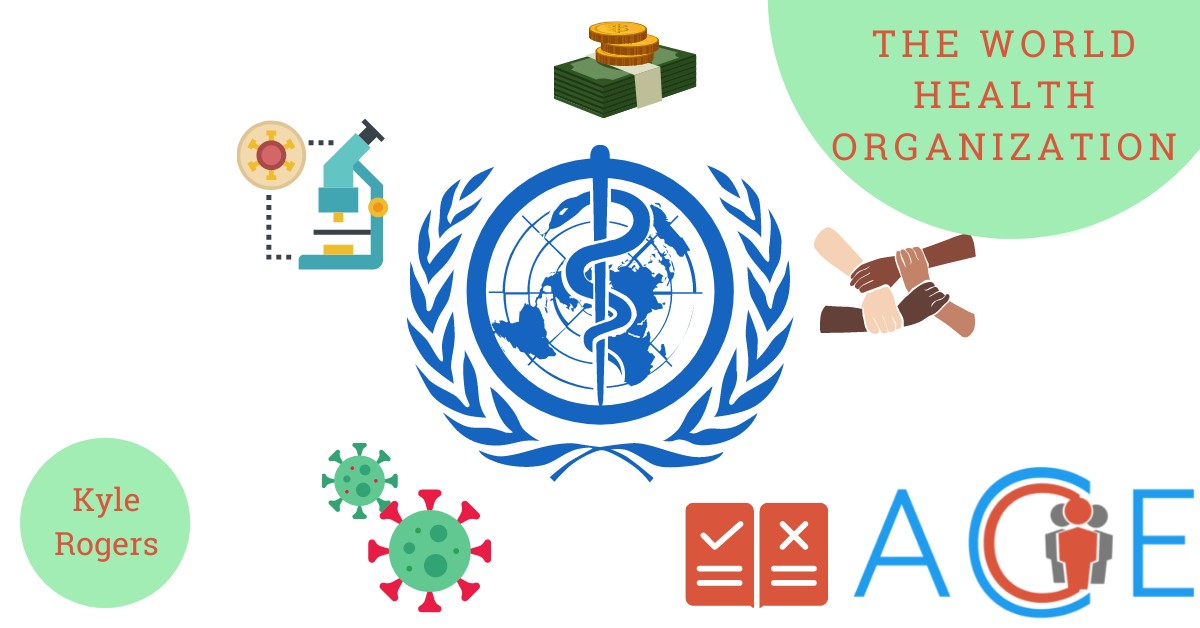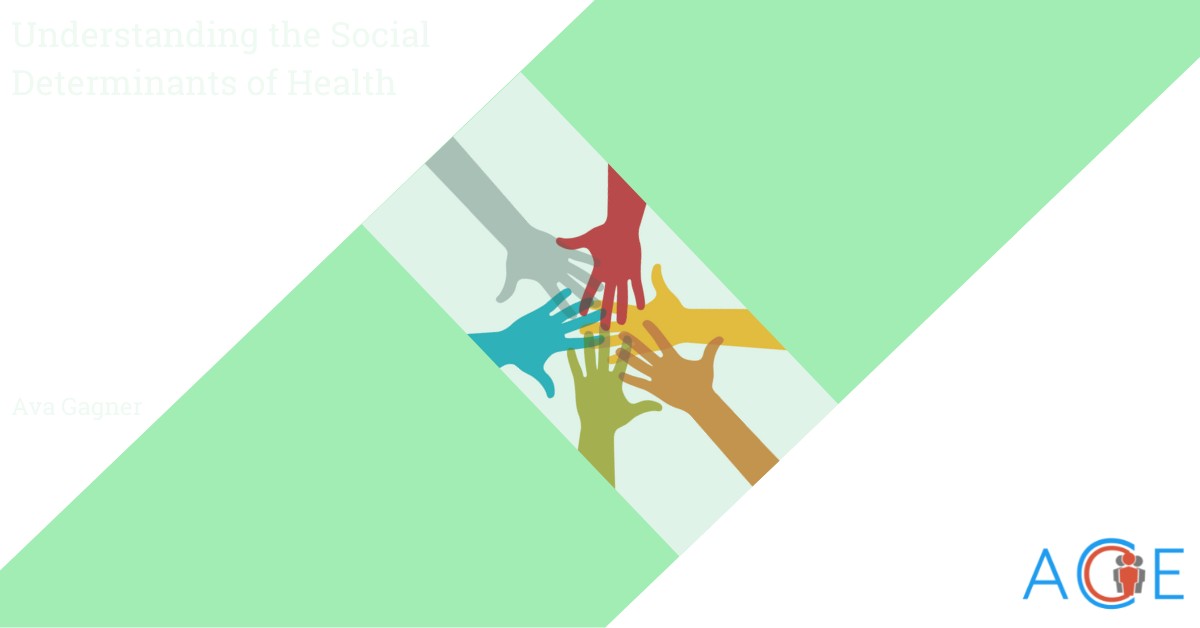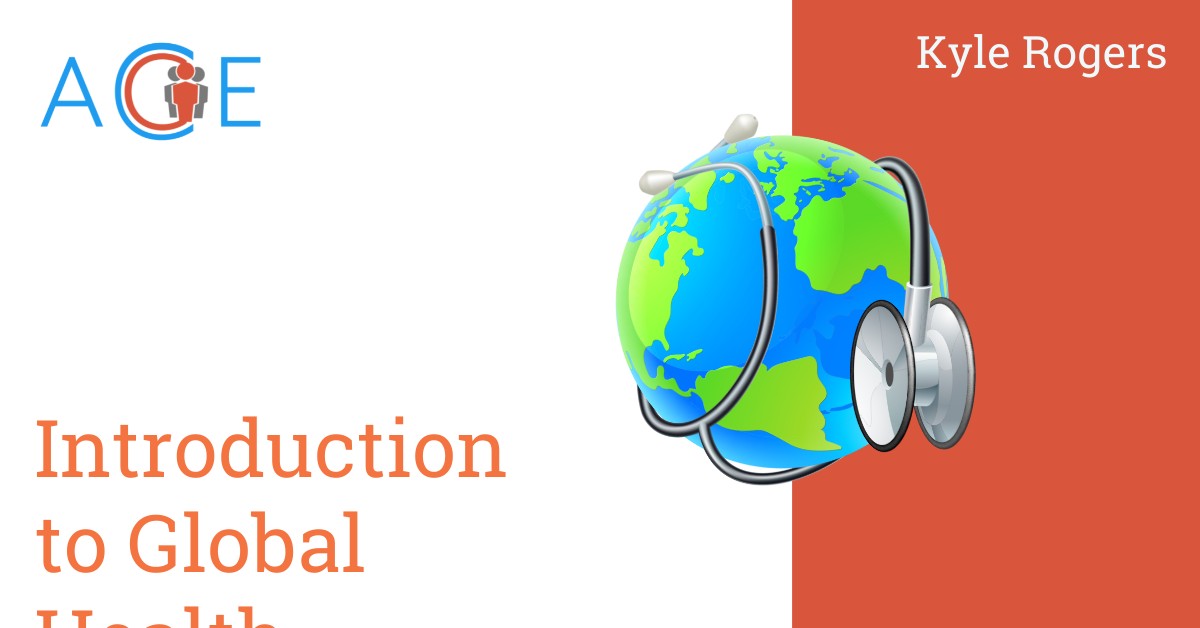The social determinants of health are the conditions where people live, work, grow, and age that impact their health outcomes. Other factors, including social structures and economic conditions, are also considered to be social determinants of health. These social, economic, and physical conditions can be essential to health outcomes, and in part explain existing health disparities in the United States. Many of the challenges which lead to lower health outcomes are intertwined; for example, low-income families are more likely to live in unsafe housing conditions as well as be further from healthcare resources, and racial and ethnic minorities are overrepresented in the low-income population. Disparities in health also exist across sexualtiy, gender, age, and socioeconomic status. Community ties, neighborhood quality, and education are all impact health outcomes and can affect children starting at a young age. This brief discusses social determinants in 3 categories: marginalized populations, socioeconomic status, and community/location.
Inequalities based on gender, sexuality, race, and ethnicity are replicated through health outcomes in the United States. These fall into two main categories: discrimination and structural challenges:
Experiencing discrimination has a physical toll on the body. Discriminatory experiences induce chronic stress, which over time produces high blood pressure, anxiety, and mental health issues like depression and substance abuse. Ethnic and racial minorities who experience racism are more likely to have children born with a low birth rate, high blood pressure, and overall poorer quality of health. Women who experience discrimination are more likely to be depressed or experience other mental health issues. In addition, women, racial and ethnic minorities, and LGBTQ individuals can experience discrimination within the healthcare system, making them less likely to seek out discretionary care like preventative care. For example, minorities report less trust in the medical system and are less likely to believe that their physician will act in their best interest. Distrust in the medical system can worsen health outcomes by leading to lower rates and delayed utilization of beneficial health care services, like primary care. For LGBTQ individuals, discrimination is associated with higher rates of mental health related issues and a higher prevalence of suicide.
Structural challenges also impact health by limiting access to health services. This is often the case for racial and ethnic minorities, who often have less access to physical and mental healthcare resources. They are more likely to face disparities in regards to physical health, mental health, and healthcare quality. Minorities are less likely to receive preventative services, including yearly checkups and screenings, which can lead to worse health outcomes. When receiving medical care, that care tends to be lower quality care when compared to non-minority counterparts and they are more likely to suffer from morbidity and mortality from chronic diseases. Structural barriers in healthcare usage also differ by gender, since women tend to have higher rates of morbidity yet have a longer life expectancy than men. Men are more likely to die at younger ages, despite having overall better health than women during their lifespan. This could be attributed to men being less likely to seek out medical care than women and being more likely to engage in high risk behaviors. LBGTQ individuals are less likely to receive care and are less likely to have insurance, fill prescriptions, and use emergency services. They are also more likely to report poorer health and suffer from chronic conditions.
Both structural barriers and discrmination impact the access and utilization of health services which can greatly affect health outcomes. It is important that people both have access to health services and an understanding as to how health services can impact their own health, or health literacy. The first involves having access to comprehensive, high-quality health care services which includes health insurance and primary care services. Health literacy is also important, because it allows individuals to make appropriate health decisions for themselves. When discrimation and structural barriers get in the way of access to comprehensive care, worse health outcomes can occur. For example, in the United States there are prevalent disparities in health outcomes when it comes to race. Black and Native Americans have the lowest life expectancy in the United States. Disparities even exist with infant mortality rates, with black infants having mortality rates 2.3 times higher than white infants. LBGTQ individuals are also impacted by discrimination and structural barriers, and are at higher risk for substance abuse disorders, STDs, cancers, cardiovascular disease, obesity, bullying, isolation, rejection, anxiety, depression, and sucide compared to the general population.
Socioeconomic status is a fundamental cause of disease which disproportionately impacts many groups. The relationship between socioeconomic status, race and ethnicity is intertwined, with racial and ethnic stratification leading to higher rates of poverty for these individuals. In the United States, 39% of Black children and 33% of Latino children live in poverty, while only 14% of non-hispanic white and Asian children live in poverty. Native Americans, Native Alaskans, Hispanics, and Pacific Islander families are more likely to live in poverty compared to white families. Individuals who identify as LBGTQ are also more likely to be of low socioeconomic status. This, in part, might be due to access employment opportunities, with around 42% of LBGTQ individuals reporting employment discrimination. The elderly also disproportionately experience low socioeconomic status, with 14.6% of older adults (65 years or older) living below the poverty line. Factors, including the death of a spouse, decline in health, relying on social security for a primary source of income, and the inability to work, can greatly impact financial stability.
Those with low socioeconomic status are more likely to have poorer health outcomes and have higher morbidity and mortality rates. Individuals with low socioeconomic status are disproportionately impacted by not having access to healthcare, poorer working conditions, and less safe housing. There is a positive relationship between people’s financial circumstances and their health. Financial circumstances include income, cost of living, and socioeconomic status, which all can affect key issues like food security, housing security, and employment. Individuals without steady employment are more likely to live in poverty and are more likely to be unhealthy. Those with disabilities may be limited in their ability to work, contributing to a low socioeconomic status. Those without steady employment might also struggle to afford supplies and services that support health, like medications, copays at the doctor’s office, or high quality healthy foods.
An individual’s social relationships and community ties can affect health outcomes as well. The social and community context of health includes social relationships with friends, family, co-workers, and community members. Having healthy relationships at home, at work, and within the community can reduce the negative impacts of stress and discrimination. Social support works as a protective factor for both physical and mental health by enhancing resilience to stress. Stress can contribute to many health problems, such as high blood pressure, obesity, heart disease, and diabetes, so managing stress leads to better health outcomes. When an individual experiences discrimination, their health can be impacted by both psychological and physiological repsonces to stress. Family connectedness, social support, religious involvement, and diversity of friendships can improve health outcomes by reducing stress and promoting healthy coping mechanisms.
Location and housing also impact health and wellbeing. Both the physical infrastructure and the social impact of a neighborhood can directly affect health outcomes. Due to the exposure to hazardous conditions, low quality housing is associated with chronic disease, injury, and poor mental health. Some neighborhoods also have worse air quality and water quality. Healthy food and access to resources such as transportation are less available in certain neighborhoods. Neighborhoods with high rates of crime and violence can cause both short and long-term health effects by exposing individuals to violence in their community. Where you live also impacts access to care. This is especially true for individuals who live in rural communities, where less health services are available. Worse health outcomes are seen in rural areas as compared to urban areas. Rural areas tend to lack access to care and individuals in rural areas are more likely to live in geographic isolation, engage in higher health risk behaviors, and be of lower socioeconomic status.
From a young age, children’s health can be impacted through access to education. Primary and secondary educational access and quality can have an impact on health outcomes. Education is important for the development of social ties, which can impact stress management and coping mechanisms. Education is essential to children’s social and cognitive development and can impact both emotional and social wellbeing. Education can help develop skills including internal control, multitasking, planning, self-awareness, and social cognitive skills like perceptive talking and the understanding of social emotions. Children who are living in poverty are less likely to receive a high quality education. The stress of living in poverty can affect children’s ability to do well in school and affect children’s brain development. Schools in low income areas are more likely to be lower quality, and growing up in a poorer neighborhood is associated with reduced educational attainment. Those with low educational attainment are more likely to work in less safe and low paying jobs. They are also more likely to have health problems such as heart disease, diabetes, and depression.

